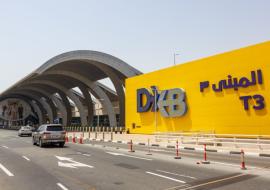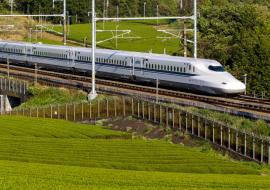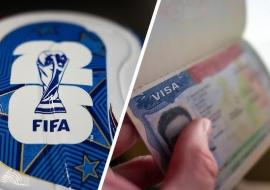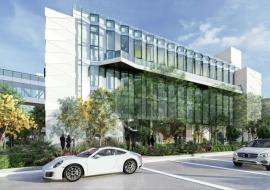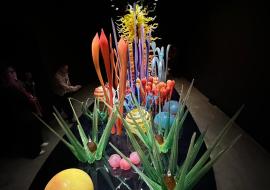Qatar’s Tourism Industry Thrives Post-World Cup
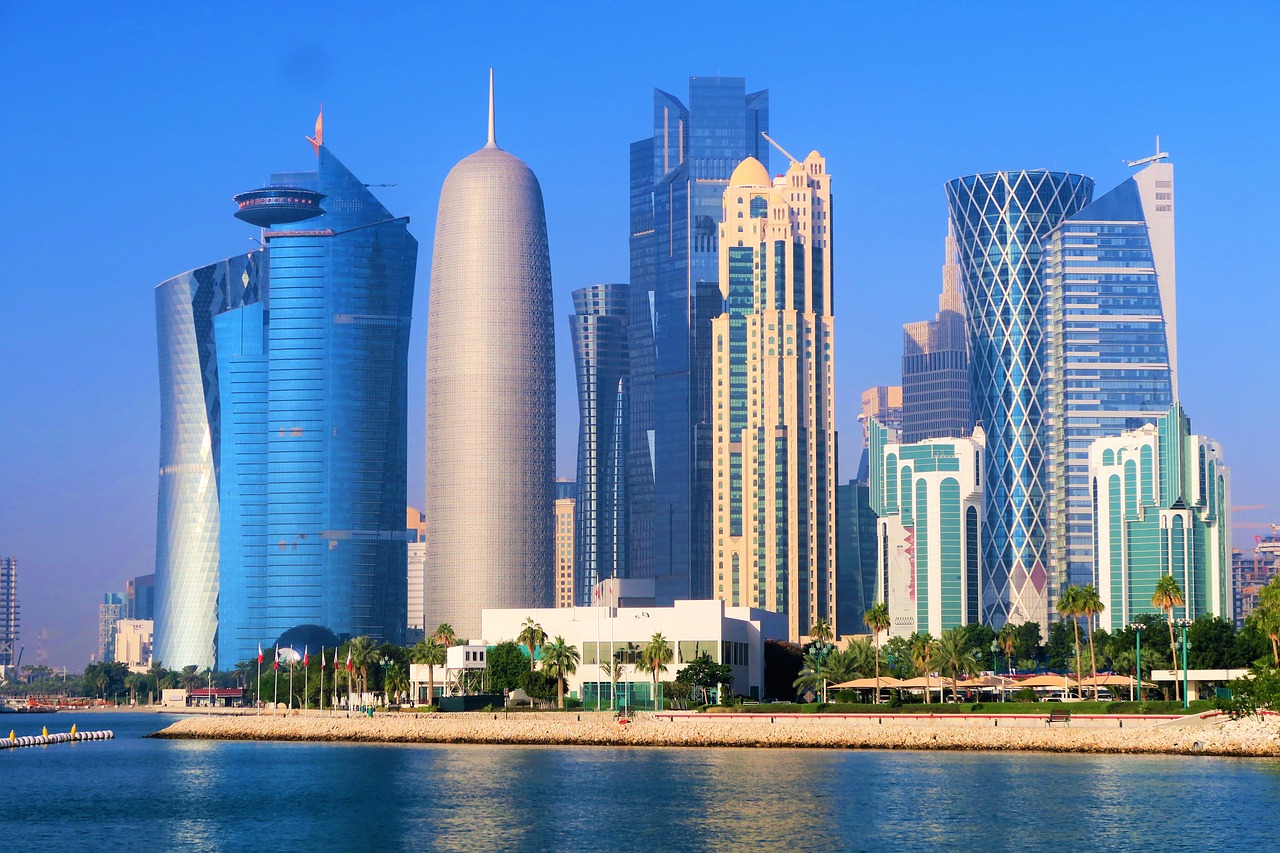
After hosting the 2022 World Cup, Qatar is witnessing a massive surge in tourism, with growth attributed to new festivals, attractions, and improved diplomatic relations in the Gulf region
Tourism to Qatar has increased dramatically since the oil-rich nation hosted the World Cup in late 2022.
Many new arrivals hail from the Gulf Cooperation Council (GCC), a regional economic union of Bahrain, Kuwait, Oman, Qatar, Saudi Arabia, and the United Arab Emirates. Some are GCC citizens, while others are workers based in one of the union’s member states.
The new influx shows that Doha, the capital city of this Middle Eastern country, is increasingly competitive with more traditional tourist centers such as Dubai and Manama, capitals of the United Arab Emirates and Bahrain, or the Riyadh Season, a Saudi sports and entertainment festival.
In 2023, official sources project a 347% increase over 2022 in the number of foreign arrivals.
This growth is attributed in part to a series of newly organized festivals and tourist developments, including the Lusail Winter Wonderland in Lusail City, 8 miles north of Doha.
Recently improved diplomatic relations between Qatar and its neighbors are helping to boost tourism. In 2017, Bahrain, Saudi Arabia, and the United Arab Emirates severed diplomatic ties and blocked transport links with Doha, arguing that its rulers were supporting terrorism.
The diplomatic standoff ended in early 2021. Kuwait and the US helped broker the Al-Ula agreement, which normalized relations between Qatar, Saudi Arabia, Bahrain, and the United Arab Emirates, along with several other countries, including Egypt and Jordan.
Rashid Khalid, a Bahraini citizen, said he hadn’t set foot in Doha from 2017 to January 2023. Since then, however, he had visited six times, taking advantage of the city’s proximity to his home. “It’s only four hours from Bahrain by car or 450 kilometers,” Khalid explained.
Khalid appreciated Doha’s tourist attractions, which “have changed a lot compared to the past. I love them now. They are designed to suit travelers from GCC countries and are adapted to the Gulf’s tastes and culture, especially with regard to the hot weather.”
He was also enthusiastic about Doha’s streets and infrastructure, which have “become very spacious and comfortable for tourists.” In his case, visiting relatives in the country’s capital was a bonus.
Serious efforts have been made to develop the country’s infrastructure in recent years, despite the 2017-2021 diplomatic rupture and closure of the border with Saudi Arabia, its only land outlet.
The country has launched several large tourist projects, including the Lusail City complex. This development boasts islands, boulevards, and an assortment of tourist activities. Another new development is the Msheireb project in downtown Doha, a retail, cultural, and business complex with outdoor air conditioners and walkways.
Developers have designed other areas to suit special tourist interests, including cultural activities, history, marine biology, the natural environment, and sports.
Public transportation is also a plus. Doha is now served by a new metro, inaugurated in 2019, and an extensive network of public buses.
Sports figures prominently in the country’s tourism plans. The 2022 World Cup was a major landmark, and Doha is now working to organize additional international events.
These include the 2023 Asia Cup, which will host 24 football teams and feature Qatar as defending champion, and the Grand Prix, a Formula One extravaganza that debuted in 2021 and is now considered one of the Gulf’s most advanced racing circuits.
The Tourism Ministry is projecting an eventual arrival rate of 6 million to 7 million visitors annually, a dramatic increase over the 2022 figure of 2.6 million arrivals from abroad.
Source: The Media Line







